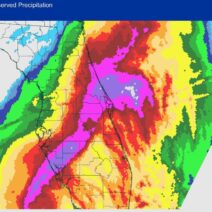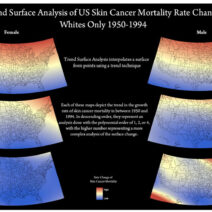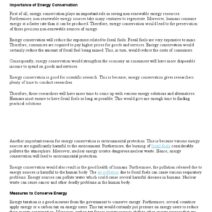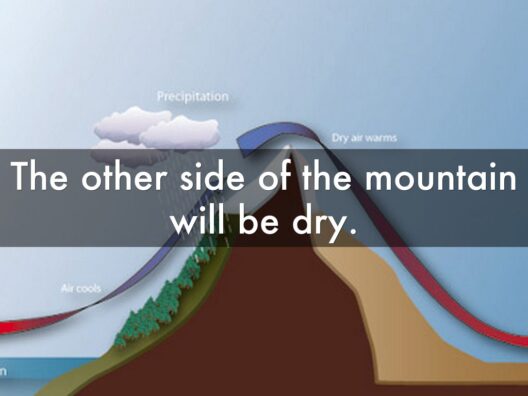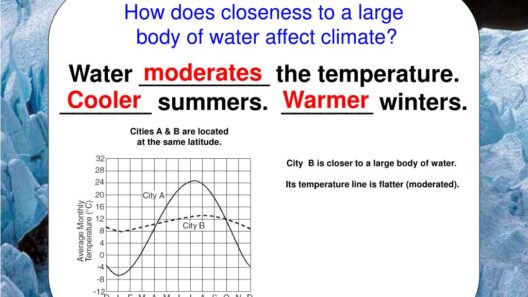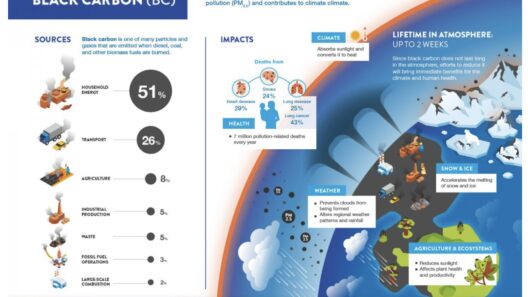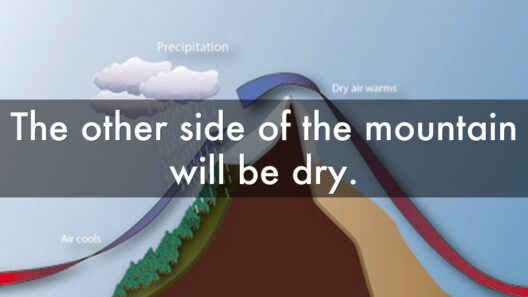Climate change represents one of the most formidable challenges confronting America today, engendering a multitude of environmental, economic, and social repercussions. As global temperatures continue to rise, the implications of this phenomenon extend far beyond melting glaciers and altered weather patterns. The effects are evident in biodiversity loss, exacerbated natural disasters, and shifting ecosystems. This discourse seeks to unravel the intricate tapestry of how climate change manifests across America, focusing particularly on wildfires and rising sea levels.
The phenomenon of climate change is intricately linked to the increase in the frequency and intensity of wildfires across the United States. Various studies correlate the rise in average temperatures with a heightened propensity for wildfires. Prolonged drought conditions and parched landscapes create perfect tinder boxes for fires to ignite. The western states, particularly California, have become emblematic of this crisis, with wildfire seasons extending and intensifying. In 2020 alone, California reported over 4 million acres scorched by wildfires, a stark reminder of the relentless grip of climate change on natural landscapes.
The mechanics behind expanding wildfire threats are inherently tied to climatic changes. Increased temperatures evaporate moisture from vegetation, making it exceedingly combustible. Additionally, erratic weather patterns, including soaring heatwaves and infrequent but intense rainfall, contribute to an environment conducive to wildfires. According to meteorological experts, it is imperative to consider the implications of such fires that consume not only vast expanses of land but also devastate communities and wildlife. The repercussions include displacement of residents, loss of habitat for myriad species, and a considerable economic burden on state and local governments.
Moreover, wildfires catalyze a feedback loop exacerbating their own frequency. Carbon dioxide emissions from burning forests contribute to further global warming, thus creating a cyclical conundrum. These emissions also severely impact air quality, leading to health concerns among affected populations. Respiratory issues and cardiovascular diseases have become prevalent in communities that are regularly under the haze of smoke. The once-untouched flanks of national parks are now scorched, altering cherished landscapes forever. This mirrors a broader narrative: as ecosystems shift, so too do the cultural and historical associations bound to these locations.
Turning our gaze towards the eastern seaboard, we encounter another striking manifestation of climate change: rising sea levels. This phenomenon is primarily driven by two interrelated processes: the thermal expansion of seawater due to global warming and the melting of ice sheets and glaciers. According to projections, sea levels along the US coastline are anticipated to rise by as much as 12 inches by 2050, contingent upon current emission trajectories. Coastal cities, such as Miami, New Orleans, and New York, are grappling with the multifaceted risks posed by encroaching waters.
Rising sea levels threaten not only the integrity of coastal infrastructures but also the socio-economic fabric of these regions. Flooding events that were once considered rare have become increasingly commonplace, inundating homes, disrupting commerce, and hampering emergency services. Real estate markets in coastal regions face uncertainty, as property values dwindle in the face of looming threats. Insurance premiums soar, and entire communities must grapple with the reality of potential relocation. Vulnerable populations, particularly low-income communities, bear the brunt of these shifts, often lacking the resources to mitigate their exposures.
The impact of climate change extends to biodiversity as well, whereby the delicate balance of coastal ecosystems is jeopardized. Saltwater intrusion, spurred by rising sea levels, threatens freshwater supplies and disrupts the habitats of numerous species. Wetlands, which act as natural buffers against flooding while sheltering diverse wildlife, are increasingly endangered by advancing tides. The repercussions ripple through food webs, affecting fisheries and altering the dynamics of aquatic ecosystems.
The issue of climate change transcends mere environmental degradation, intertwining with social justice and equity concerns. As climate-related disasters become more frequent and severe, marginalized communities often find themselves disproportionately affected. Historical neglect in infrastructure investment leaves these communities ill-prepared to encounter the brunt of such occurrences. As climate change catalyzes urban transformations and rural migrations, the societal ramifications will be immense, leading to potential conflicts over resources and displacement.
In facing these challenges, there exists an urgent call for an integrated approach to climate adaptation and mitigation. Policymakers must prioritize crafting robust policies that address both the immediate and long-term implications of climate change. Investment in renewable energy sources, enhancing infrastructure resilience, and promoting sustainable land use practices are pivotal steps. Furthermore, education and community engagement play crucial roles in fostering awareness and building capacities to respond effectively to climate threats.
The promise of a paradigm shift lies in our collective ability to recognize the breadth and profundity of climate change’s effects. It is essential to transcend individual perspectives, fostering a holistic understanding of how intertwined our fates are with the planet’s health. We stand on the precipice of a new epoch, one that demands not only introspection but also the courage to act decisively for the betterment of future generations.
Let this be a clarion call: the time to confront the multifaceted challenges of climate change is now. From the fury of raging wildfires to the inexorable rise of the seas, America’s response will define the legacy we leave for those who inherit this planet. By harnessing our collective agency and prioritizing sustainability, we can forge an equitable future that honors both the diversity of our ecosystems and the vitality of the communities that inhabit them.
